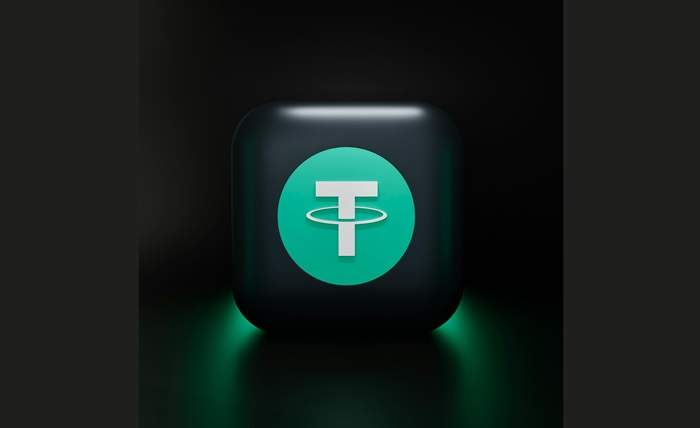
Stablecoins have become a cornerstone of the cryptocurrency world, providing a secure way to manage funds without the wild price swings often associated with other cryptocurrencies like Bitcoin or Ethereum. But what makes stablecoins so appealing? How do they work, and what risks might they carry? It is time to explore the largest stablecoins and how they are shaping the crypto space.
What Are Stablecoins?
Stablecoins are cryptocurrencies designed to maintain a consistent value, often pegged to traditional currencies like the U.S. dollar. Unlike Bitcoin or Ethereum, which can change dramatically in value within hours, stablecoins aim to keep their price steady, making them reliable for transactions and even investments.
Similarly, central bank digital currencies (CBDCs) are gaining attention as government-backed digital alternatives that share the goal of maintaining a stable value while integrating the trust of traditional financial systems. Both stablecoins and CBDCs are reshaping how everyone thinks about digital transactions and their potential in the global economy.
There are two main types of stablecoins:
- Fiat-backed stablecoins: Supported by reserves of real-world assets like cash or government bonds.
- Algorithmic stablecoins: These rely on technology to adjust supply and demand but are generally riskier.
For example, fiat-backed stablecoins such as Tether (USDT) and USD Coin (USDC) are widely trusted because they hold assets equivalent to the stablecoins in circulation. In contrast, algorithmic stablecoins use complex mechanisms to maintain their value, which can sometimes fail.
Why Are Stablecoins Important?
Stablecoins play a key role in the crypto ecosystem. They offer:
- Stability in a volatile market: Crypto prices can change quickly. Stablecoins provide a safe space to store value during market dips or rallies.
- Lower fees for transactions: Many platforms allow stablecoin conversions without hefty fees, unlike traditional currency exchanges.
- Opportunities for passive income: By staking or lending stablecoins, users can earn interest while keeping their funds stable.
But are all stablecoins created equal? Let’s look at the biggest players in the market and what sets them apart.
Top Stablecoins in the Market
1. Tether (USDT)
- Market Cap: $128.87 billion
Tether is the most widely used stablecoin, offering stability through a reserve of assets like U.S. Treasury bills, Bitcoin, and gold. With profits exceeding $7.7 billion in 2024, Tether has proven its strength even during market challenges.
Did you know Tether faced a significant test in 2022 when another stablecoin, TerraUSD, collapsed? Though Tether briefly lost its peg, it quickly recovered, showing its resilience in tough times.
2. USD Coin (USDC)
- Market Cap: $37.89 billion
Managed by Circle, USDC is another trusted stablecoin backed 1:1 by U.S. dollars. It’s used across multiple blockchains, making it highly versatile for different crypto projects. Circle ensures transparency by publishing regular reports on its reserves, which builds trust among users.
3. Dai (DAI)
- Market Cap: $5.37 billion
Unlike Tether or USDC, Dai is decentralized. It’s managed by a system of smart contracts and MakerDAO, a decentralized autonomous organization. Users deposit cryptocurrencies as collateral to mint Dai, ensuring its stability.
Over time, Dai has diversified its collateral, adding assets like USDC and U.S. Treasury bills. While this strengthens its peg, some argue it’s moving away from its decentralized roots.
4. PayPal USD (PYUSD)
- Market Cap: $512.51 million
Launched by PayPal in 2023, PYUSD is backed by U.S. dollar reserves and issued by Paxos Trust Company, a regulated entity. It’s designed for everyday users, offering easy integration with PayPal services.
Although smaller than Tether and USDC, PYUSD’s connection to a trusted company like PayPal makes it an exciting option for broader adoption in the future.
Are Stablecoins Really Safe?
Stablecoins may seem safer than other cryptocurrencies, but their security depends on how they are designed and backed.
- Fiat-backed stablecoins like Tether and USDC are considered the most reliable because they are supported by tangible assets.
- Crypto-backed stablecoins like Dai rely on volatile cryptocurrencies, which can make them less predictable.
- Algorithmic stablecoins pose the highest risk, as they depend on supply-demand mechanics rather than real assets. TerraUSD’s collapse in 2022 is a stark reminder of the risks these stablecoins carry.
What happens if a stablecoin loses its peg? Without enough reserves, it may trigger panic among investors, leading to a collapse in value. This highlights the importance of transparency and regulation in maintaining stability.
Final Thoughts
Stablecoins provide a gateway to the crypto world without the extreme volatility of other digital assets. They are ideal for protecting value, lowering transaction fees, and earning passive income. However, not all stablecoins are equal. Trusted options like Tether and USDC remain the top choices for their solid backing and widespread adoption.
As the crypto market evolves, understanding how stablecoins work and the risks they carry can help users make informed decisions. Which stablecoin best meets your needs? It all depends on how you plan to use it!




